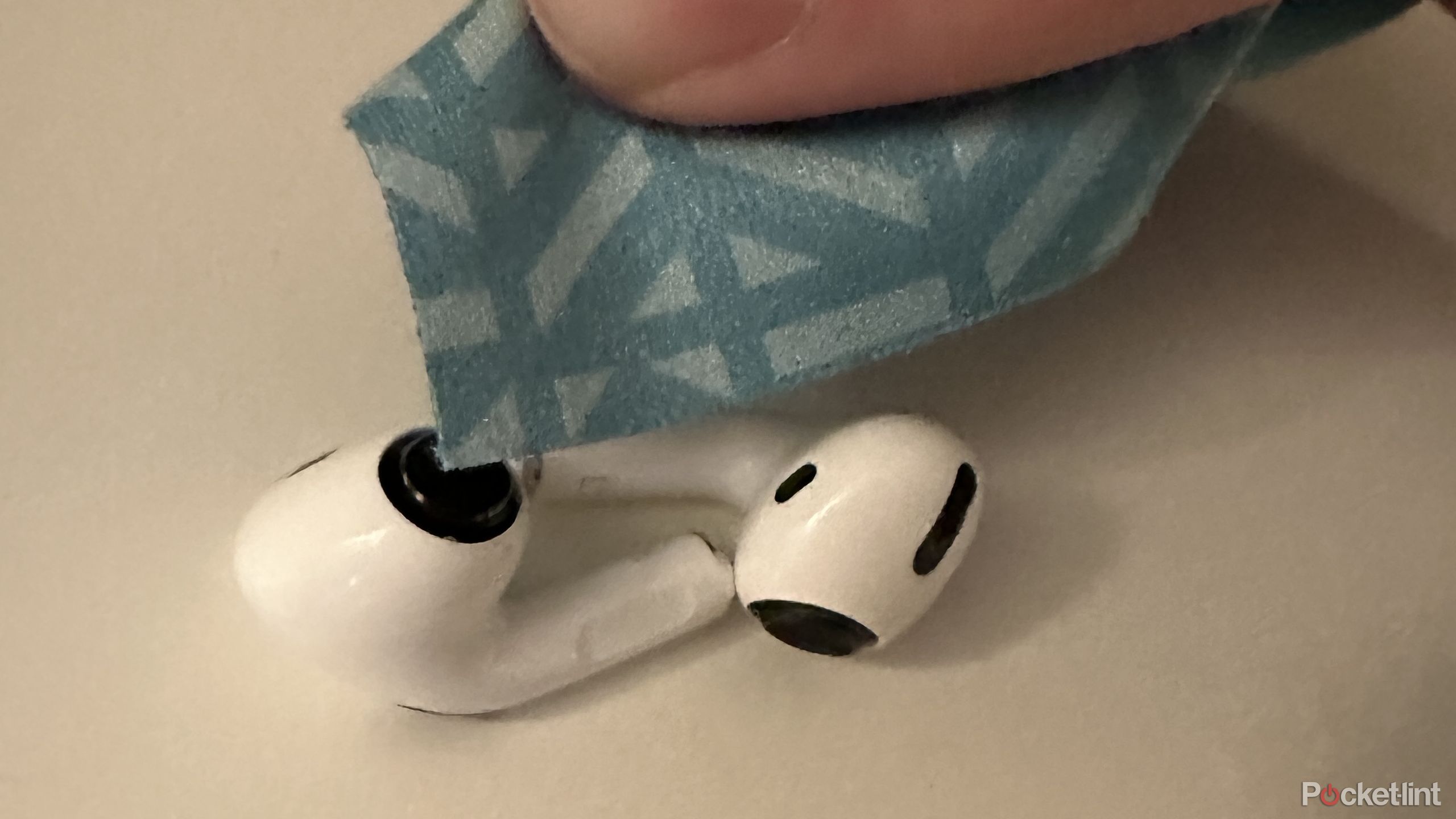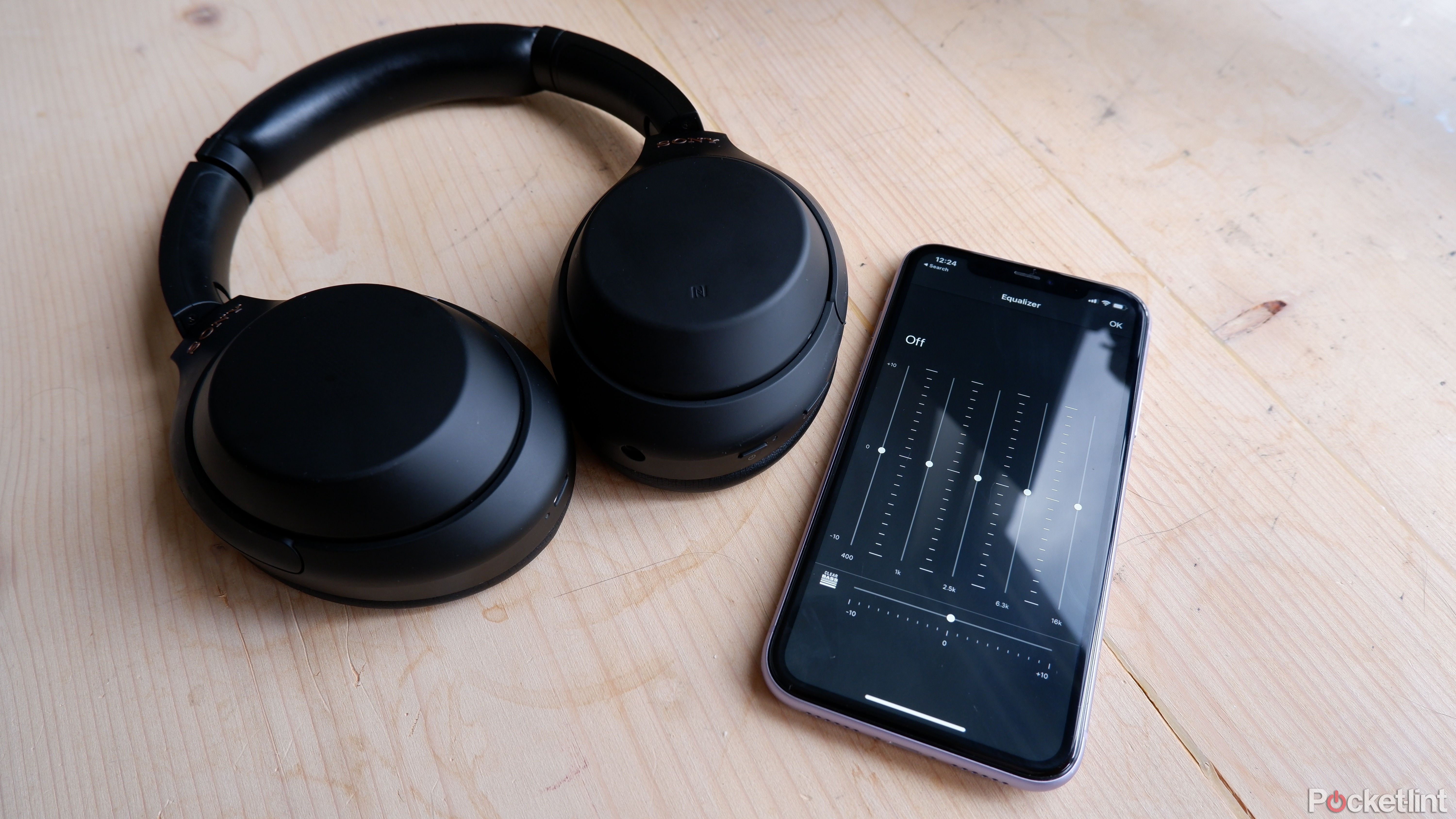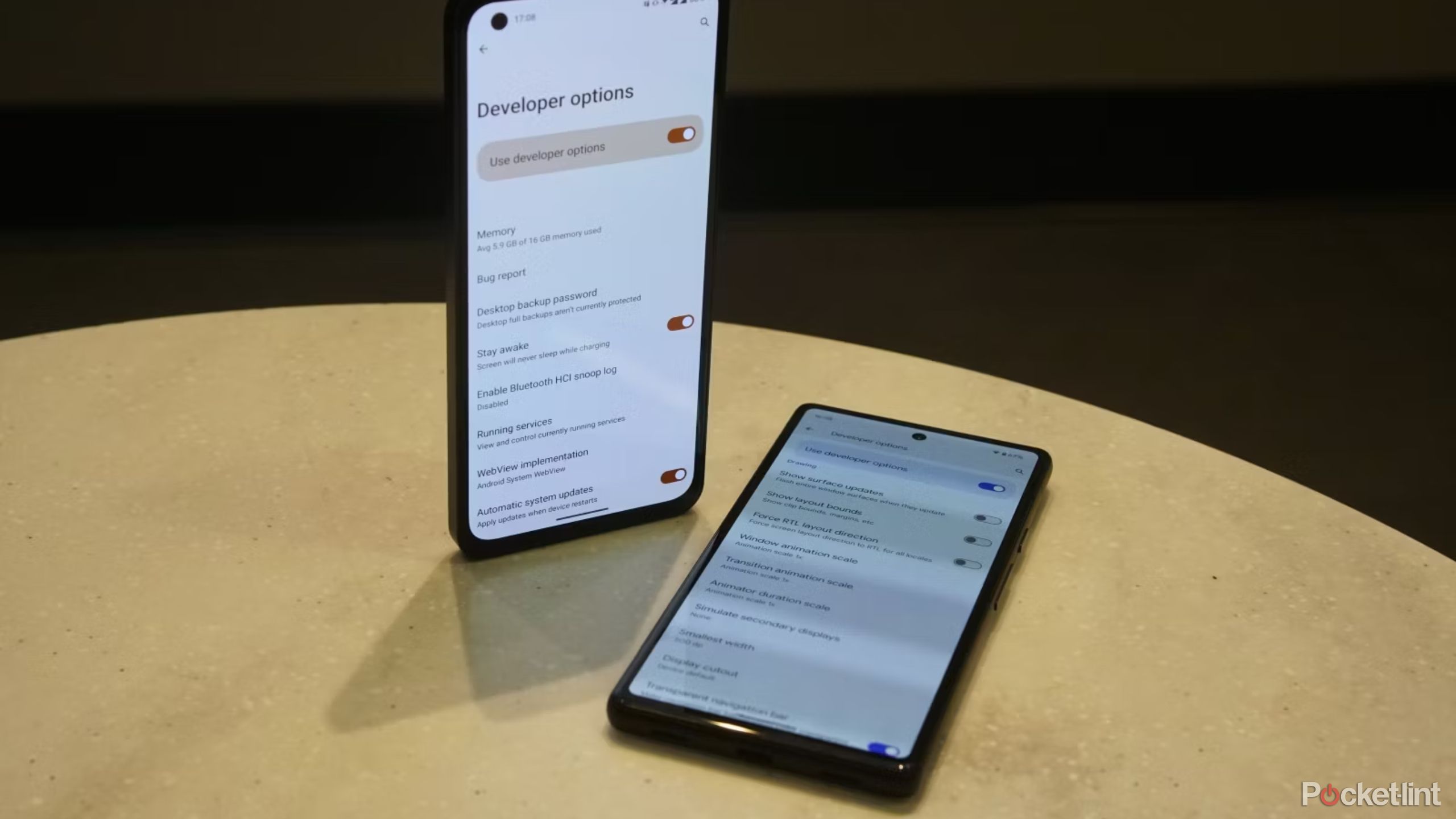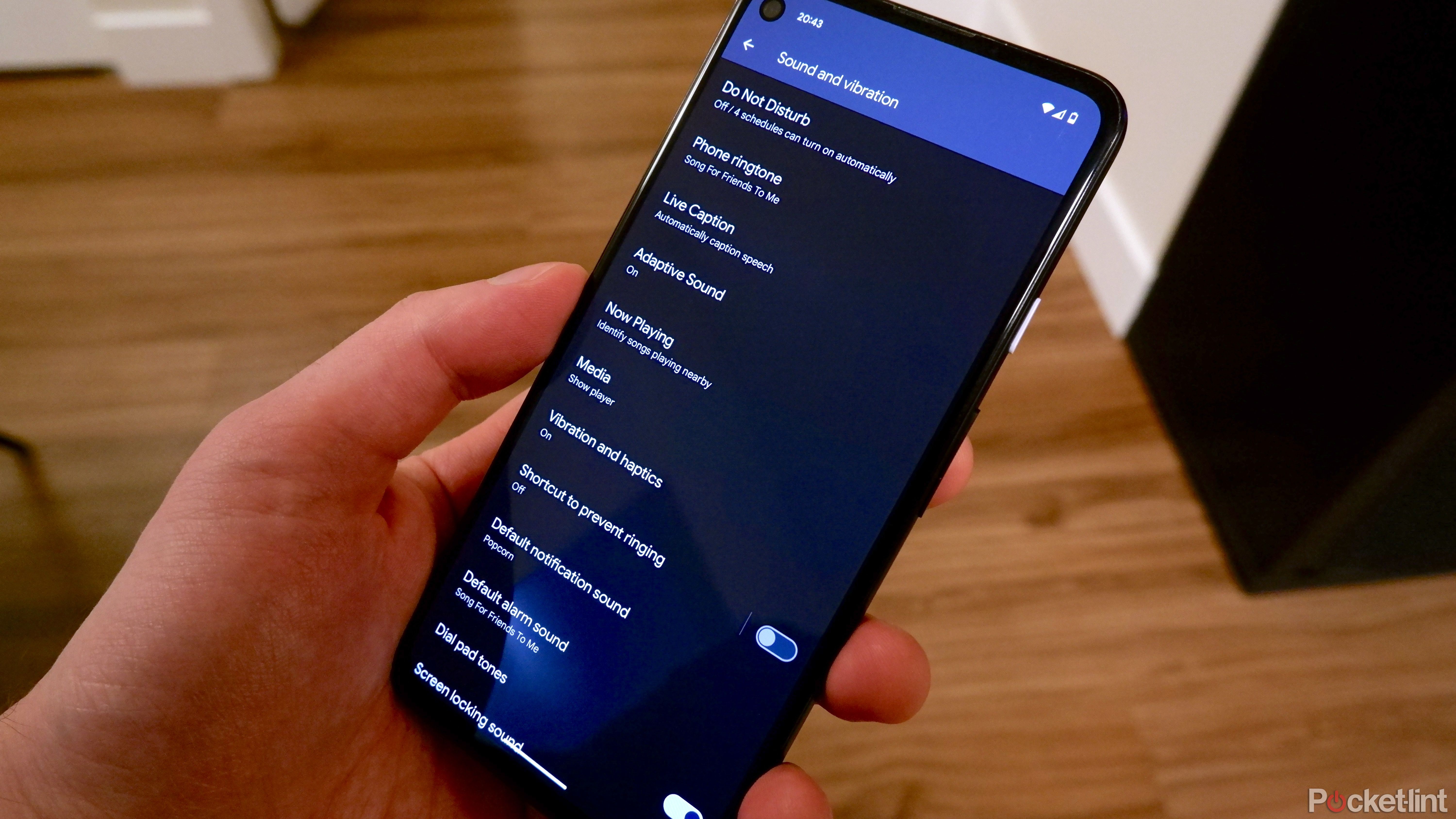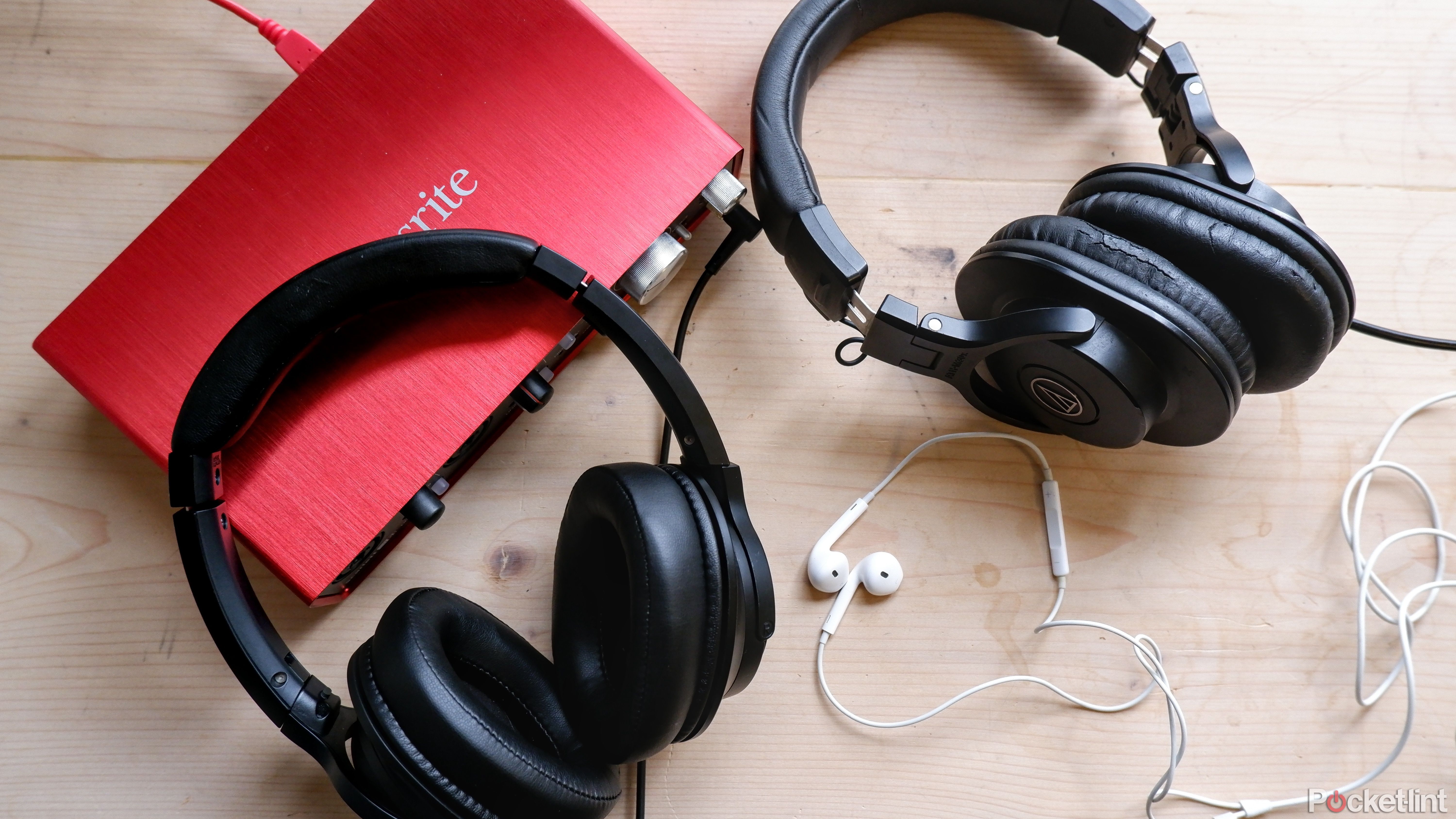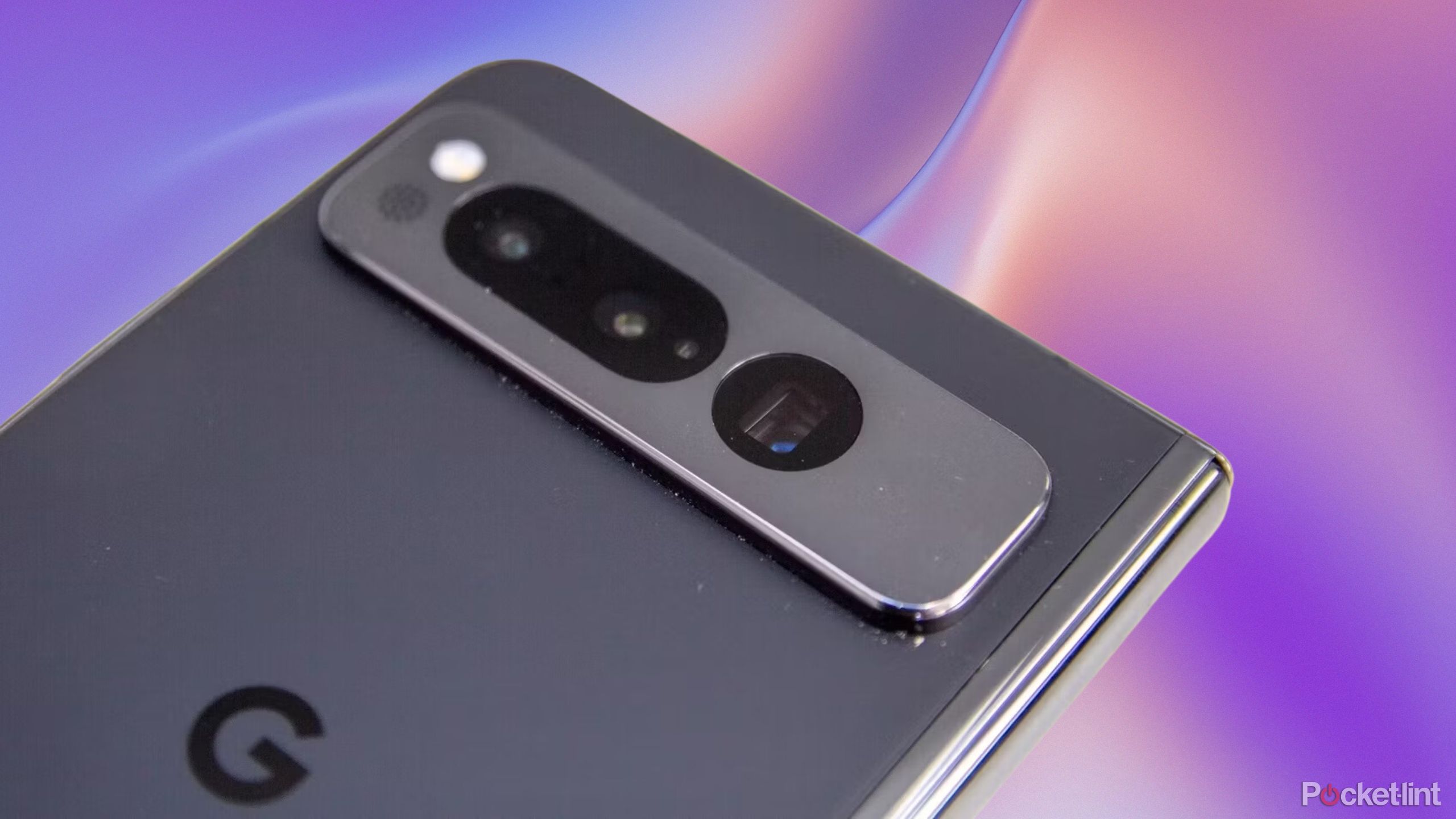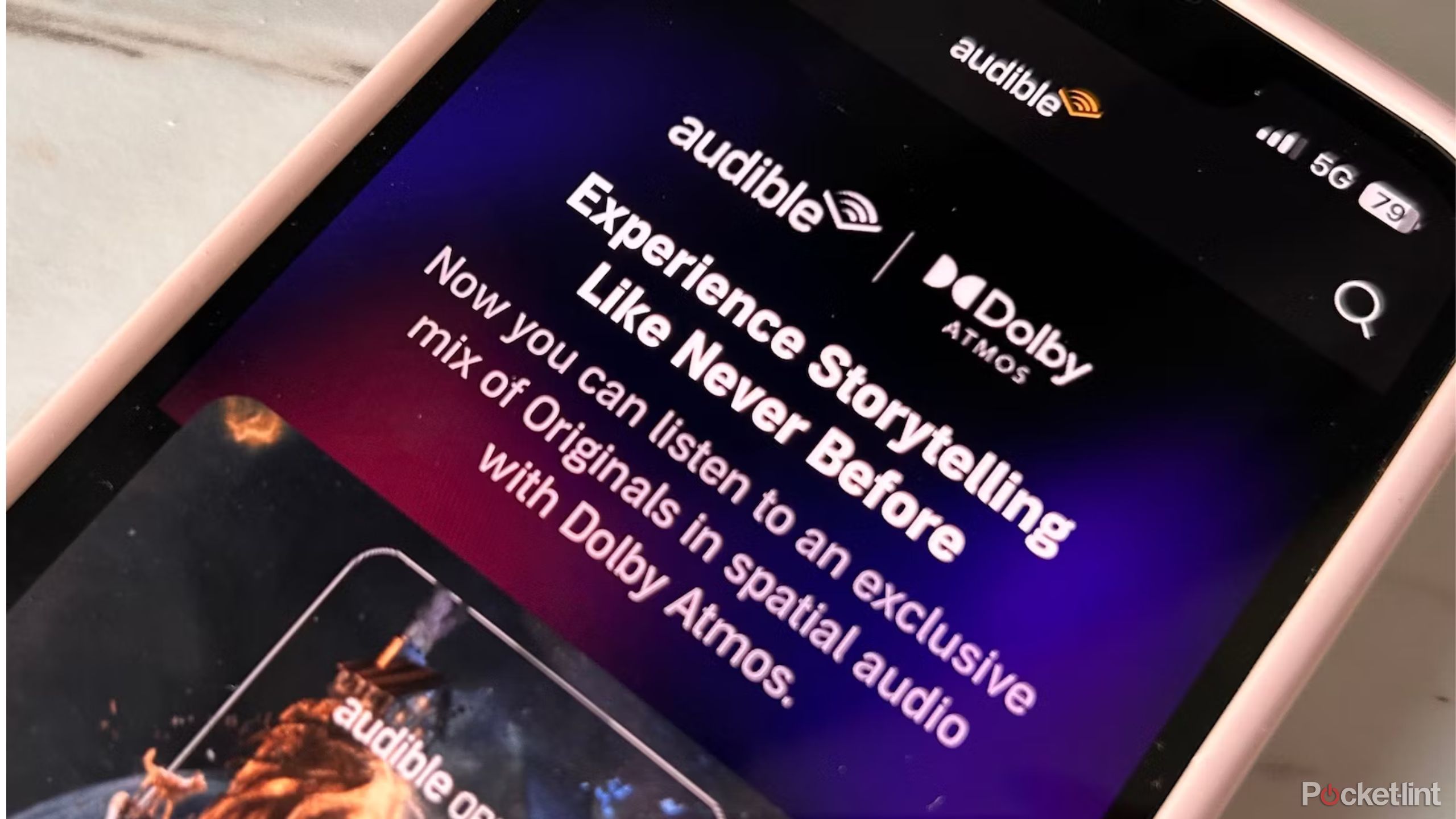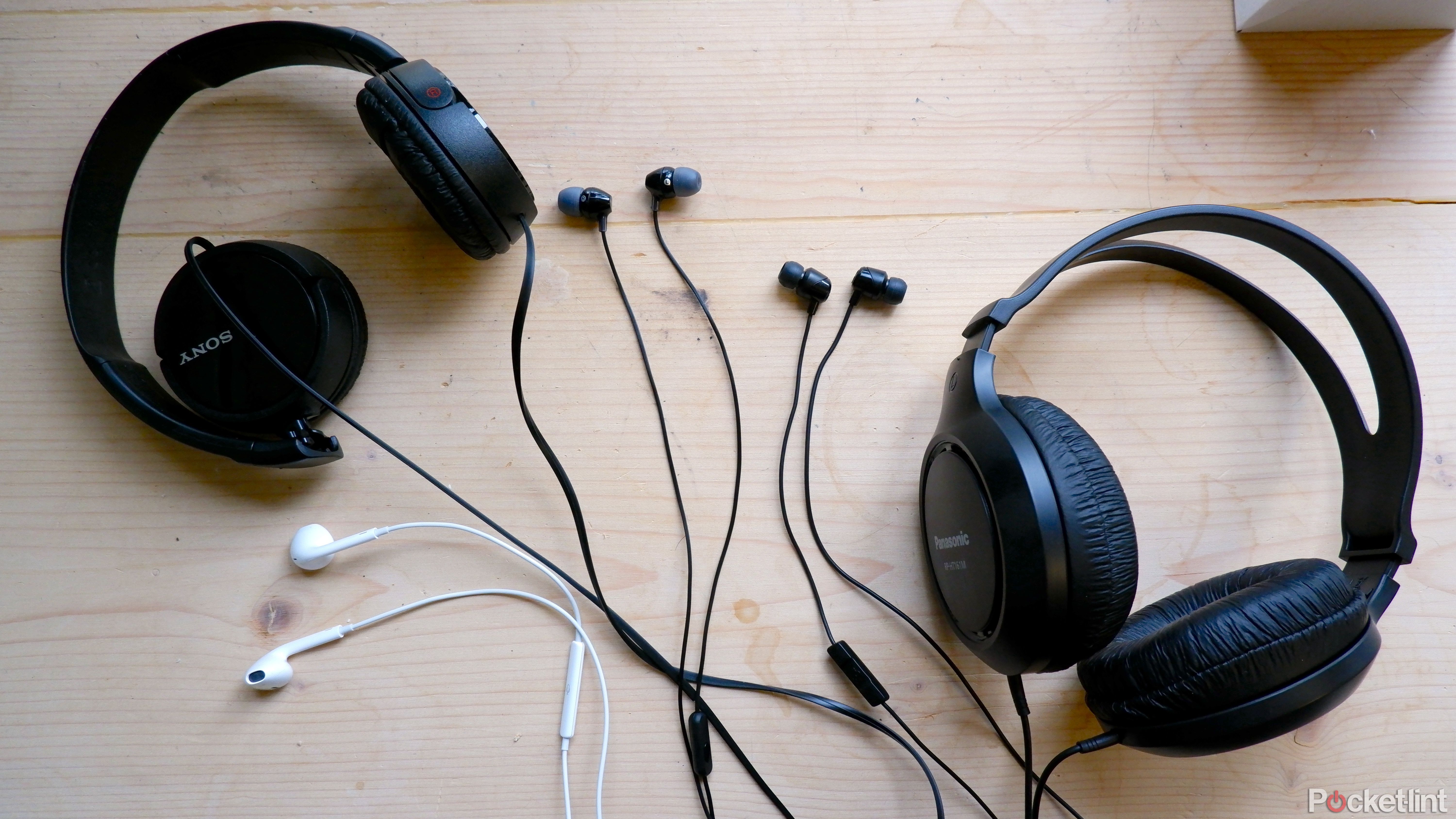Key Takeaways
- Dust can dampen your sound quality; clean speakers and earbuds for better audio performance.
- Adjust the equalizer settings in your streaming apps for improved bass and sound experience.
- Consider switching to wired headphones for better audio quality due to fewer data transfer limitations.
Maybe you’ve noticed the audio quality on your Android device hasn’t quite been up to par lately, or you think there are some areas for improvement. Most of the time, sound shouldn’t really be an issue, so this is definitely something worth troubleshooting.
If you’re finding your audio sounds muffled or quiet, there are a few ways you can go about fixing it, ranging from physically cleaning things, to going into developer options. By the end of this, you should have some marked improvements in the sound quality coming from your Android device.
How I get Spotify Premium for free
If you’re sick of ads interrupting your jam sesh, here’s how to get Premium benefits for free.
1 Clean your headphones or speakers
Having dust in the way can dampen your sound
If your audio doesn’t quite sound right to you, your first step should be to make sure your phone speaker, headphones, or external speakers aren’t being blocked by dust or dirt. A lot of the time, just a bit of cleaning will solve all of your problems.
You can carefully clean your earbuds using a cotton swab and some rubbing alcohol, and you can clean out your phone speakers the same way. To clean the dust off your speakers, use a microfiber cloth.
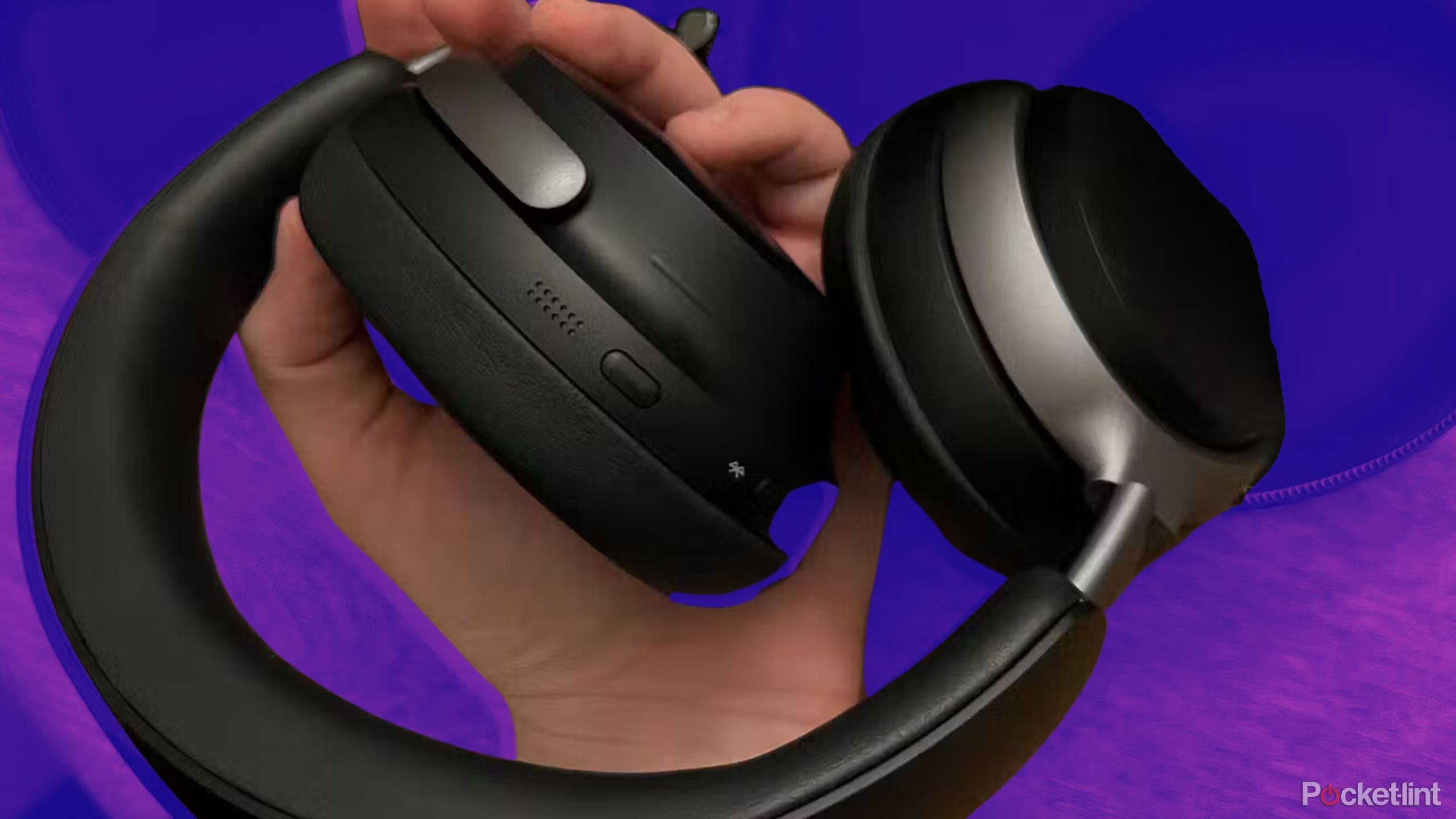
5 reasons I’d buy the Bose QuietComfort Ultra over Bose NCH 700
The 3.5mm jack, bigger bass, more settings, and a 90s-centric design has me leaning towards Boses’s QuietComfort Ultra headphones.
2 Use an equalizer
Either in your streaming apps or a headphones app
If you feel like the bass isn’t loud enough, or the highs are too high, you can adjust your equalizer settings, either on your music streaming service apps, and sometimes even your Bluetooth device, if it has an app with an equalizer.
To change your sound settings on Spotify, go to Settings > Playback > Equalizer, and you can choose from various presets, or adjust different frequencies manually.
If you’re using Amazon Music, go into Now Playing, press the three dot icon for settings, and choose the equalizer, where you can choose from presets.
Unfortunately for Tidal users, there is no equalizer option.
If you’re using a pair of Bluetooth headphones or earbuds that come with an app, there’s a possibility the app has an equalizer setting. You can search around the app for it, or check your user manual for more specific information.
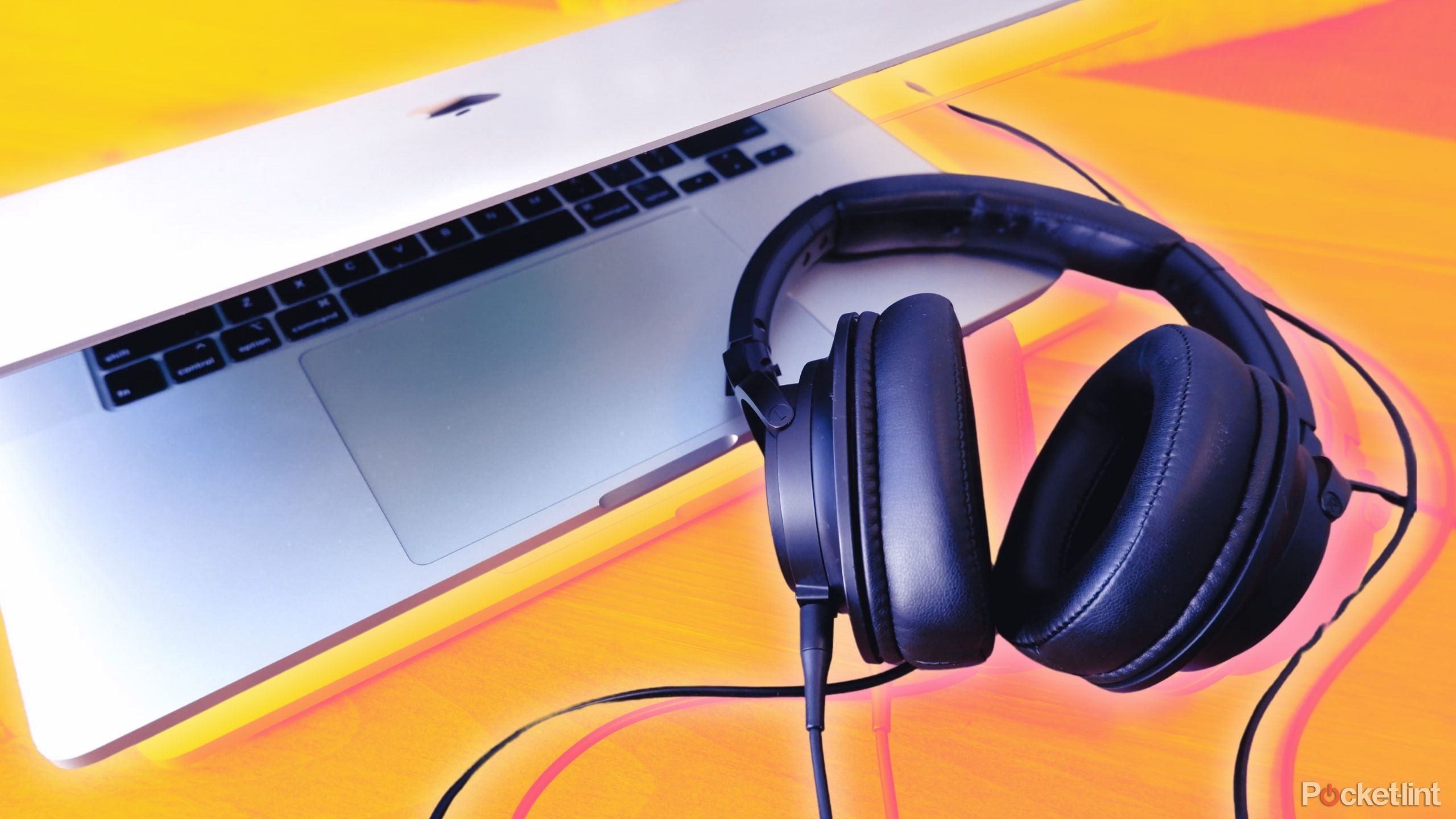
3 reasons I prefer listening to lossless audio
As an audiophile, these lossless audio aspects not only trained my ear, but enhance my listening.
3 Get technical in developer options
In developer options, the options are endless
Developer options is a great tool within Android devices that allows you to make a lot more advanced settings changes on your phone. Getting there takes a few steps, but it’s nothing too difficult. To enable developer options, you’ll have to go to Settings > About phone, then tap repeatedly on your Build number until developer options have been enabled.
In developer options, you’ll see a few useful settings. One useful one for sound quality is what Bluetooth audio codec your phone is currently using with your Bluetooth devices.
Codec support will vary depending on your phone model, OS version, and the connected audio device. Different phones will also support different codecs a little differently.
If you have a Google Pixel of any kind, you might benefit from switching to AAC instead of SBC. And if you’re using a pair of Sony headphones, definitely see if you’re using LDAC, because that will have the best bitrate of the codecs available. Play around with your codec settings to see which sounds best to you on your device.
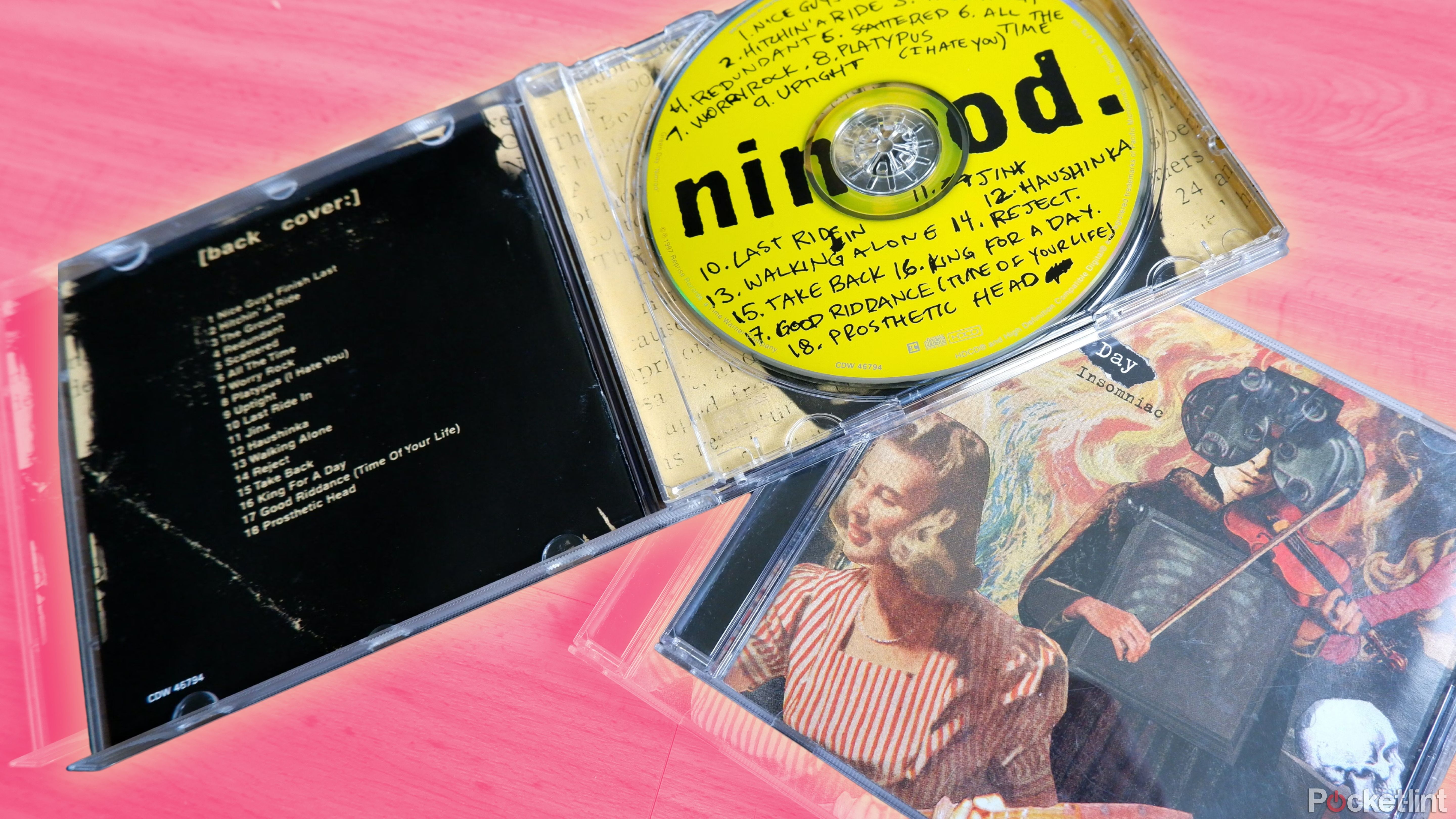
7 reasons I’d switch to CDs from vinyl records
Vinyl records are great, but they aren’t the only popular “retro tech” or physical audio medium.
Another great tool in developer options is to toggle HD audio in developer options to make sure you’re getting high quality audio. You can also adjust Bluetooth audio sample rate, bit depth, or channel mode and see what works best for you.
Lastly, if you feel like the volume is too low, you can also disable absolute volume in developer options. This makes it so that your device doesn’t automatically turn the volume down, so do be careful with it when it’s disabled, so you don’t blow out your hearing.
4 Try out auto EQ and volume features
Auto EQ is a great feature that comes with more and more earbuds
Depending on the model and OS version, your Android device could have an auto EQ feature and volume adjustment feature. As an example, with a supported Pixel phone and Pixel buds, you’ll find Adaptive Sound under “Sound and vibration” in your phone settings, or under Connected Devices > Pixel Buds settings, or in the Pixel Buds App.

5 EQ apps I use to have more control over my audio
When it comes to customizing your sound, you have plenty of options. Plus, here’s how to change your EQ on iOS devices.
These features will use your microphones to assess the acoustics around you and the noise levels in your environment. It will use this information to automatically adjust the sound equalizer settings and volume accordingly.
Different types of earbuds may also have similar features, so read your user manual to see if that’s a possibility.
5 Listen to better audio files
Give a FLAC a try over an MP3
If you’re listening to only low bitrate MP3s, you’re likely missing out on a lot of audio quality. If you’re listening to music with wired headphones or speakers, you can take full advantage of lossless audio files like FLACs. These kinds of files have greater dynamic range, meaning you can hear a greater difference between quieter and louder sounds, as well as a lower noise floor, so you will get more of the track and less of the noise that you would normally get from lossy compression.
0:32
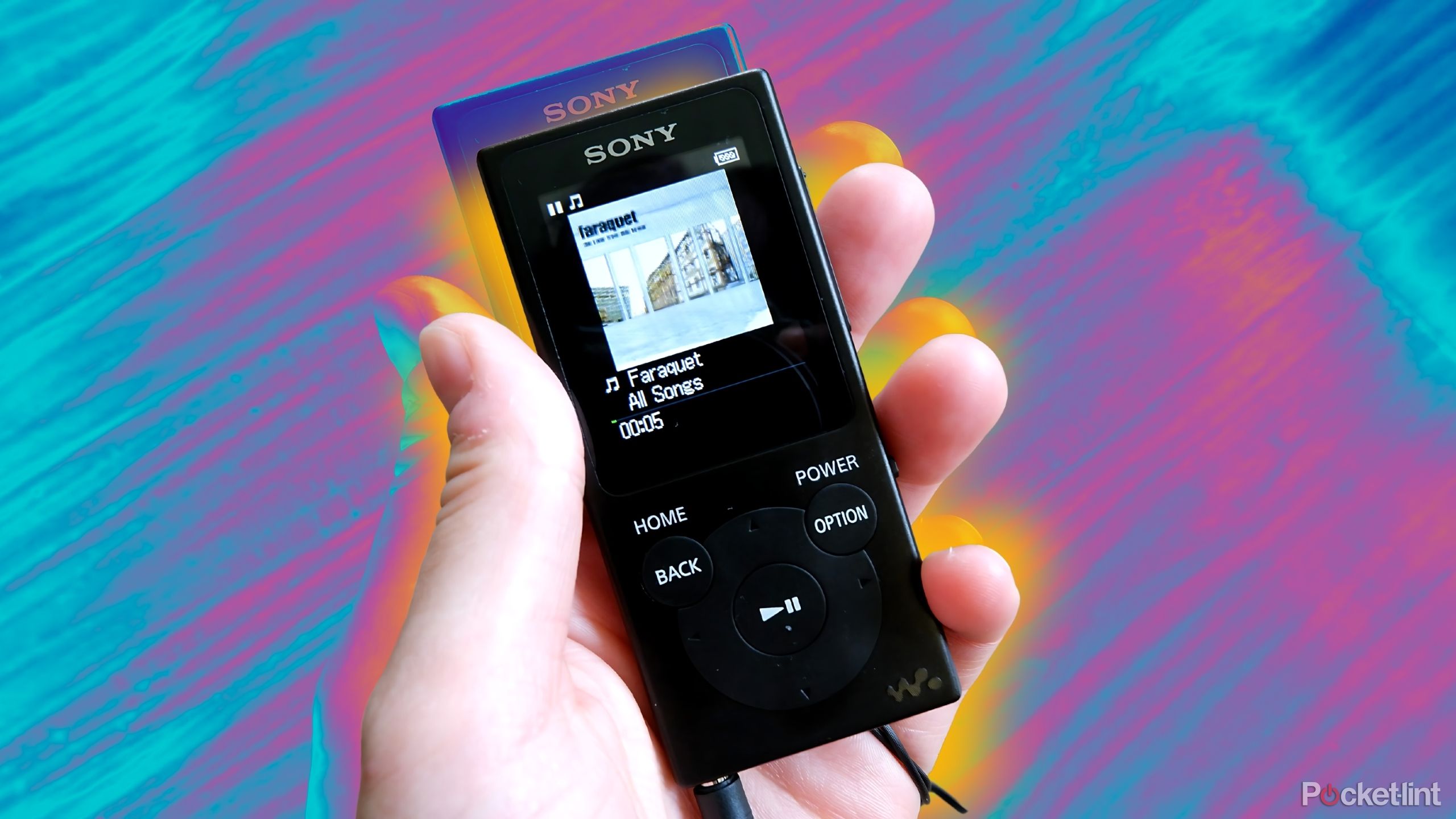
I tried a Sony Walkman E394 and it transported me to a simpler time
These days devices do everything, but the Walkman is dedicated to simplicity.
You can listen to lossless audio using streaming services like Apple Music, Tidal, Amazon Music Unlimited, Deezer, and Qobuz, or by buying CD-quality audio either in physical form or online on services like Bandcamp.
6 Try Google’s Sound Amplifier
The app allows you to adjust more sound accessibility settings
Google has an app called Sound Amplifier, which is automatically installed on some Android devices and Pixels 3 and above. The app allows you to reduce unwanted sounds, increase the volume of quiet sounds, boost low and high frequencies, and adjust sounds for each ear.
The app also has a feature called conversation mode, which allows you to amplify the voice of whomever you’re talking to and reduce other sounds around you, so you can better focus on your conversation.
All of these settings are accessible from the Settings app on your device, or from the Sound Amplifier app.
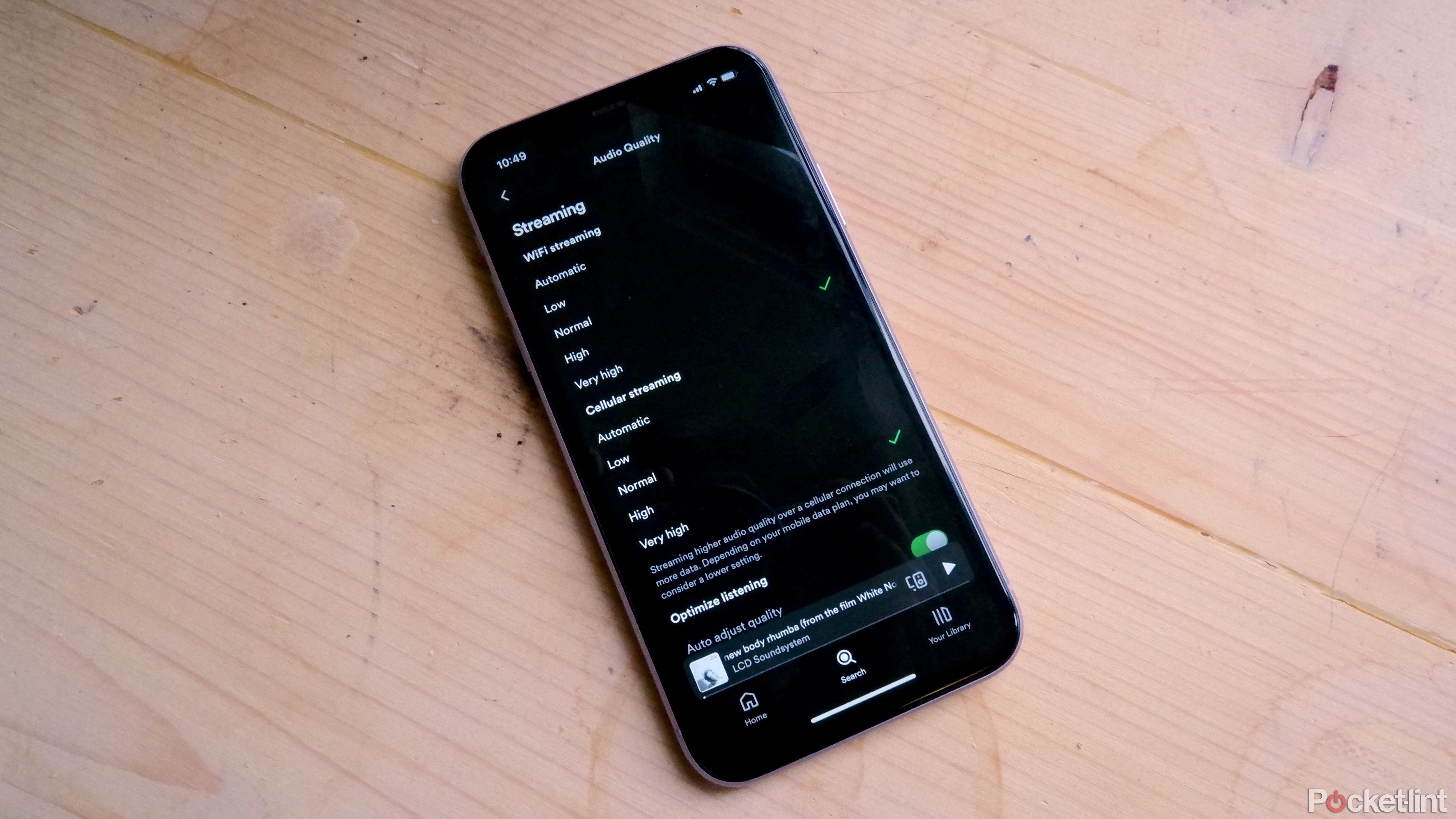
New leaks show user interface for Spotify’s lossless audio
Spotify’s lossless tier could be closer than ever.
7 Try out Dolby Atmos
If your phone has it, it can enhance your listening experience
Some new phones, like Samsung’s flagship phones, support Dolby Atmos, which is a surround sound standard. By enabling it, you may find that your audio feels more immersive than standard stereo or mono audio you’d get while using a pair of headphones. Dolby Atmos on a phone works by emulating multi-channel audio through your headphones to simulate a real-life surround sound system.
To enable Dolby Atmos on a Samsung device, go into Settings > Sound quality and effects, and then toggle on Dolby Atmos.
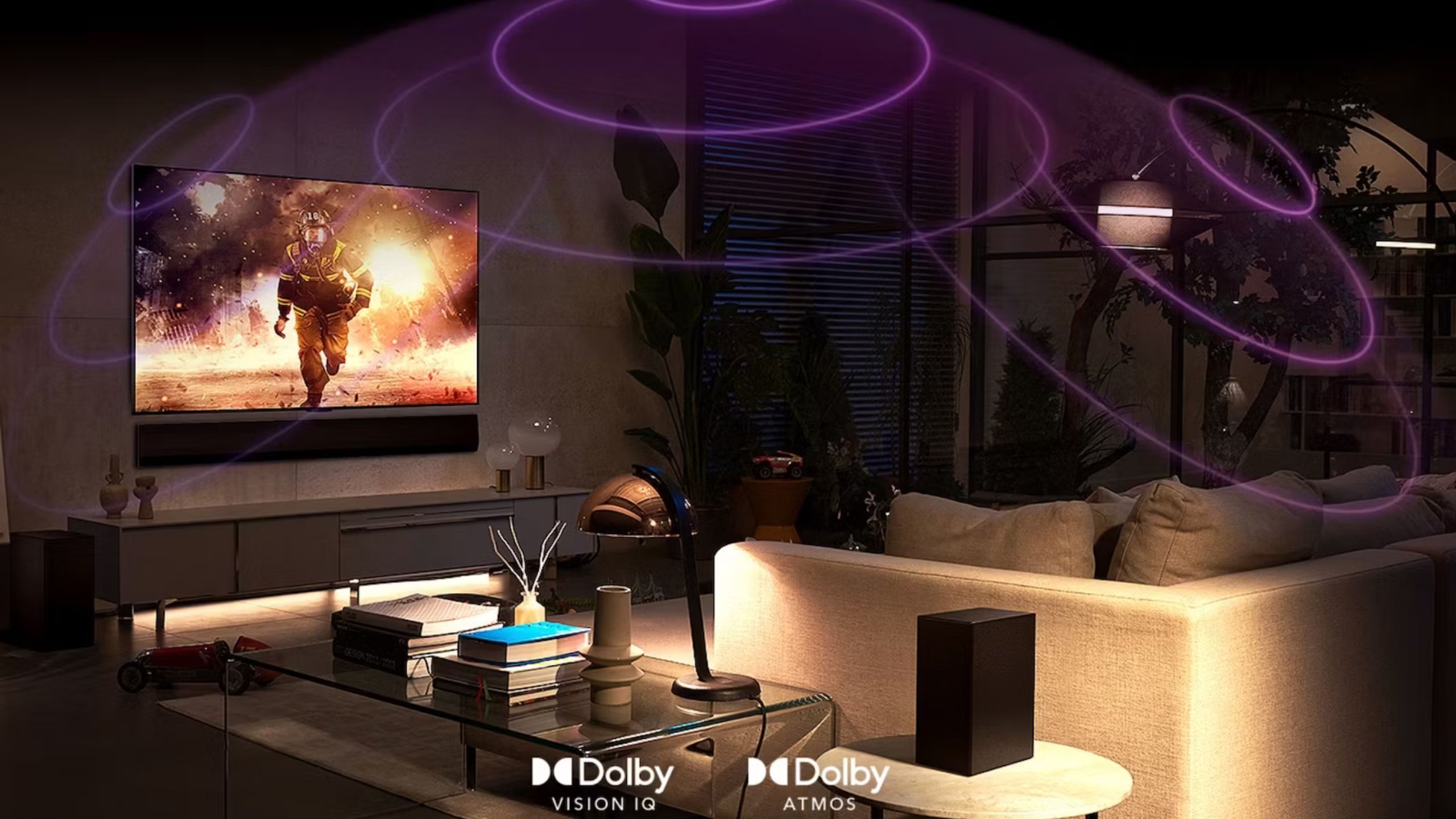
Does Dolby Atmos actually sound any better? Here’s what it can do
Dolby Atmos takes surround sound to another level and gives you cinematic sound from the comfort of your home.
8 Use wired headphones instead of wireless
Wired is always better when it comes to audio quality
Bluetooth inherently has a lot of problems like latency and compression, so if you feel like your audio just isn’t clear enough, and you’re using Bluetooth headphones, consider trying out a pair of wired ones. Bluetooth can only transfer so much data using the available bandwidth, and especially in cases where you’re using a codec with a lower transfer rate, your audio quality might not quite be where it needs to be. There’s also the possibility of something interfering with your Bluetooth signal, like other Bluetooth signals, Wi-Fi, RF, and even physical obstacles like walls or a long distance between the device and your headphones.
So, if you feel like your audio is specifically bad when you use Bluetooth headphones or earbuds, just try out wired ones. If you don’t have any, you can get some for quite cheap, and it’s always nice to have a pair of wired headphones anyway for when your Bluetooth ones run out of battery or if you want to listen to a higher quality lossless audio file, since Bluetooth can’t support those.
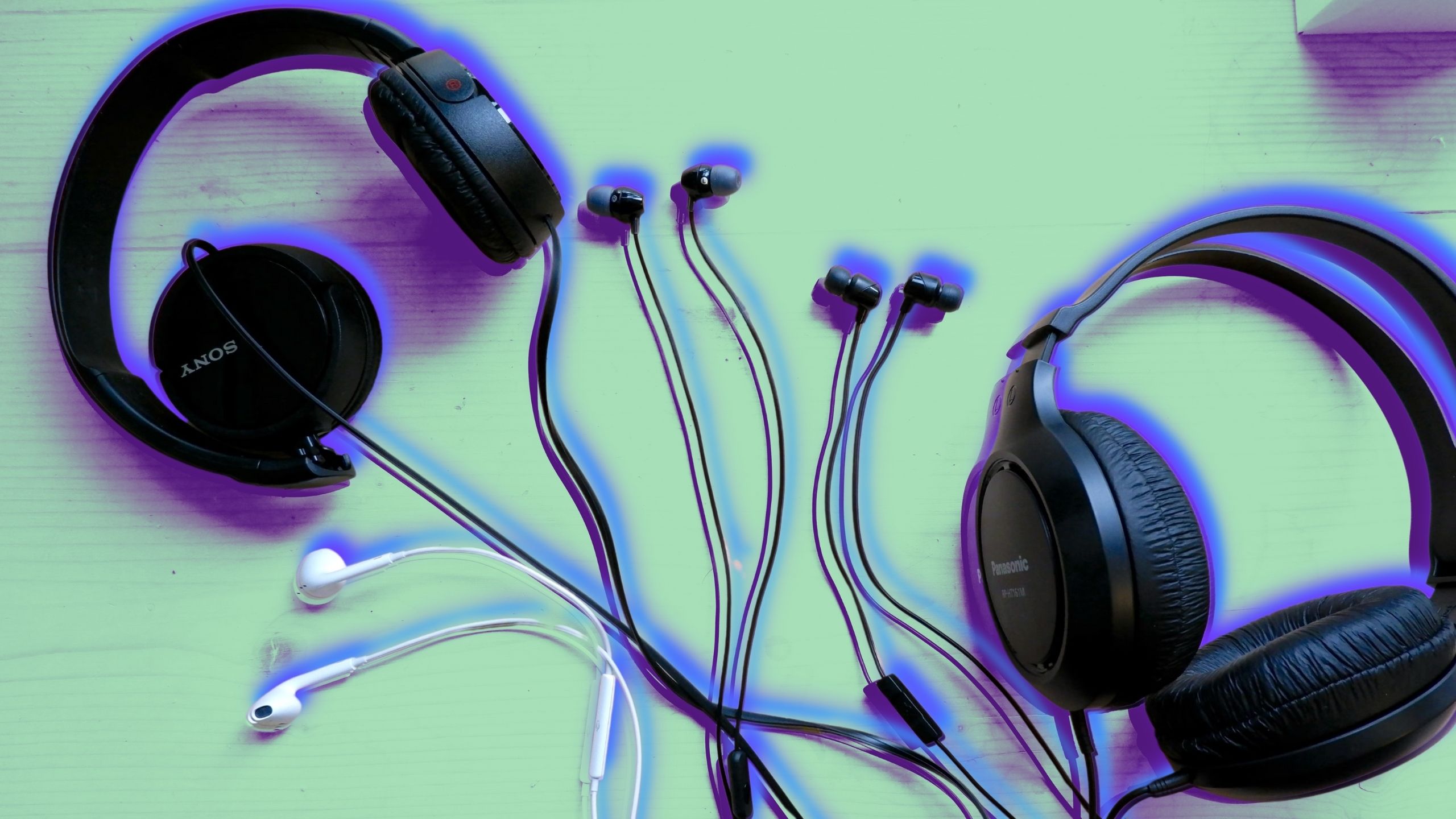
6 quick fixes for when wired headphones aren’t working
While wired headphones are less problematic than Bluetooth headsets, they can still act up. Here are my go-to solutions.
9
FAQ
Q: How do you find out what quality music you’re streaming?
If you’re streaming music from a service like Spotify or Apple music, you can check which quality audio you’re streaming in the settings for that application. You should be able to change the streaming quality for both Wi-Fi and mobile data streaming, as well as download quality. Make sure to choose “very high” or whichever setting is highest to get the best quality audio. Using low quality audio will save data and bandwidth, but it definitely won’t sound as good.
Trending Products

Cooler Master MasterBox Q300L Micro-ATX Tower with Magnetic Design Dust Filter, Transparent Acrylic Side Panel, Adjustable I/O & Fully Ventilated Airflow, Black (MCB-Q300L-KANN-S00)

ASUS TUF Gaming GT301 ZAKU II Edition ATX mid-Tower Compact case with Tempered Glass Side Panel, Honeycomb Front Panel, 120mm Aura Addressable RGB Fan, Headphone Hanger,360mm Radiator, Gundam Edition

ASUS TUF Gaming GT501 Mid-Tower Computer Case for up to EATX Motherboards with USB 3.0 Front Panel Cases GT501/GRY/WITH Handle

be quiet! Pure Base 500DX ATX Mid Tower PC case | ARGB | 3 Pre-Installed Pure Wings 2 Fans | Tempered Glass Window | Black | BGW37

ASUS ROG Strix Helios GX601 White Edition RGB Mid-Tower Computer Case for ATX/EATX Motherboards with tempered glass, aluminum frame, GPU braces, 420mm radiator support and Aura Sync


